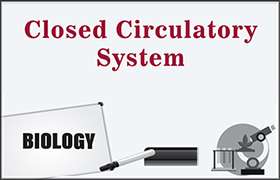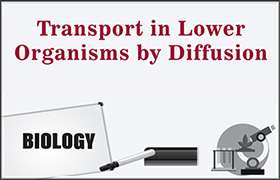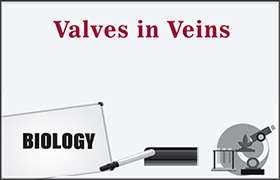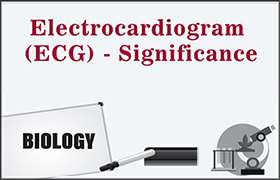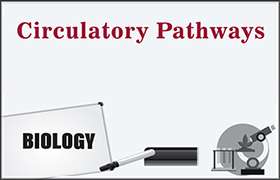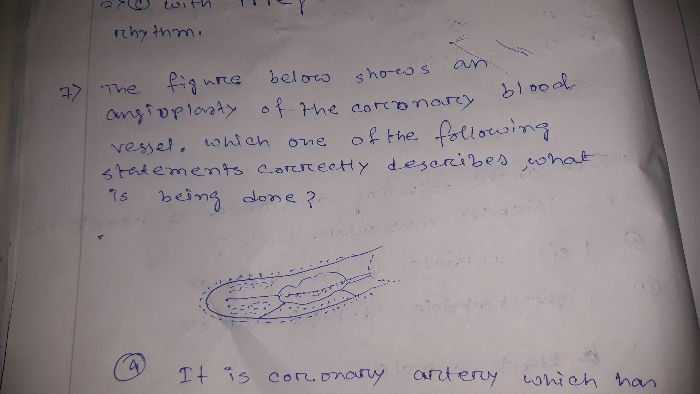NEET Class neet Answered
what is cloride shift ?
Asked by kjdoc25 | 07 Oct, 2022, 05:32: PM
- The chloride shift is an exchange of ions that takes place in our red blood cells in order to ensure that no build up of electric change takes place during gas exchange.
- Within our tissues, the cells produce a bunch of carbon dioxide molecules that are ultimately expelled by the cell and travel to the blood plasma.
- Once inside the blood plasma, the majority of carbon dioxide moves into the red blood cells, where they are converted into bicarbonate ions with the help from carbonic anhydrase.
- Unlike carbon dioxide, bicarbonate is very soluble in the blood plasma and therefore must return there by moving out of the red blood cell.
- However, as it moves across a special ion-exchange membrane protein, a chloride ion is brought into the cell (in a one-to-one ratio). This is known as the chloride shift.
- It takes place in order to maintain electric neutrality so that there is no build up of charge. The same thing happens in our lungs just the process is reversed (i.e bicarbonate ions are brought into the red blood cell while the chloride ions are moved out of the cell).
Answered by Sheetal Kolte | 12 Oct, 2022, 12:25: PM
Concept Videos
NEET neet - Biology
Asked by mk9582255 | 21 Mar, 2024, 10:32: AM
NEET neet - Biology
Asked by purushotamparmar98 | 14 Dec, 2023, 12:47: PM
NEET neet - Biology
Asked by shubhisingh20001 | 16 Nov, 2023, 10:58: AM
NEET neet - Biology
Asked by shubhisingh20001 | 15 Nov, 2023, 03:06: PM
NEET neet - Biology
Asked by anupriya56518 | 18 Oct, 2023, 05:17: PM
NEET neet - Biology
Asked by gaandlaaajayy | 30 Sep, 2023, 11:50: PM
NEET neet - Biology
Asked by kjdoc25 | 07 Oct, 2022, 05:32: PM
NEET neet - Biology
Asked by swapnilmondal111 | 15 Jul, 2022, 10:40: PM
NEET neet - Biology
Asked by jhajuhi19 | 19 Oct, 2021, 09:35: AM
NEET neet - Biology
Asked by yadavsunita45118 | 17 Sep, 2021, 09:41: PM

